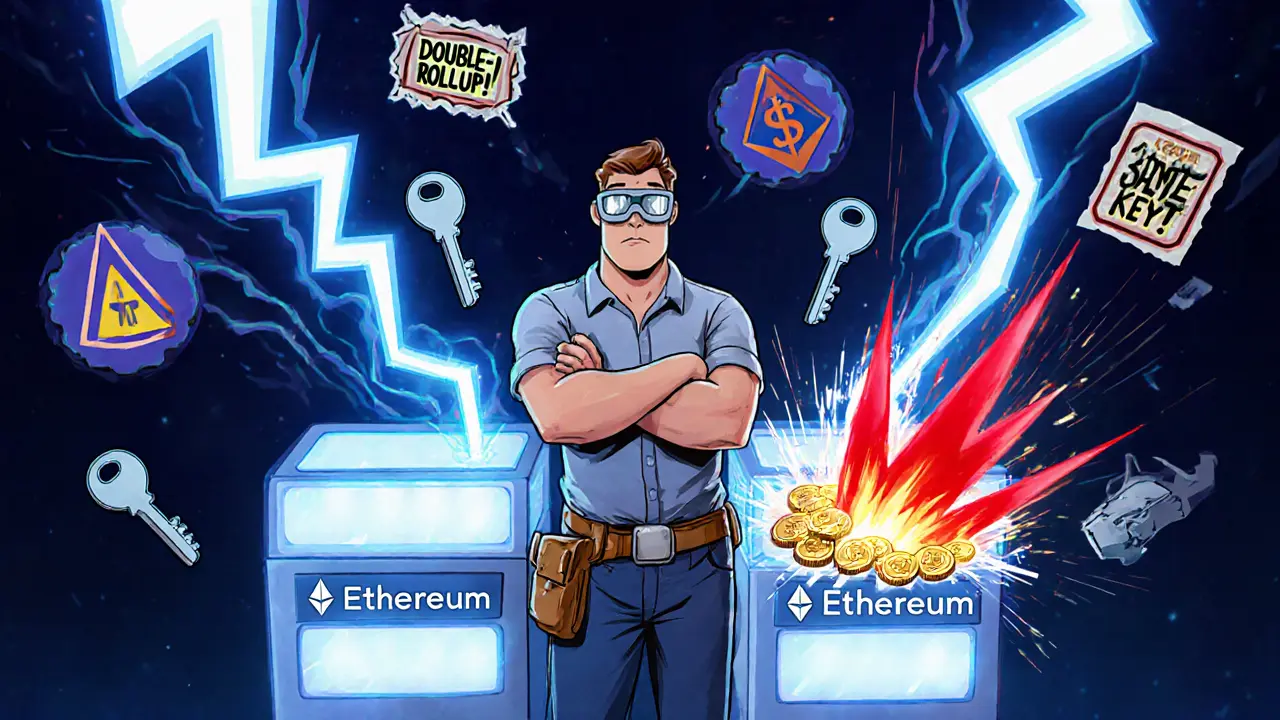Slashing Penalties in Crypto: What They Are and Why They Matter
When you stake cryptocurrency on a proof-of-stake blockchain, you’re not just earning rewards—you’re also taking on responsibility. If you or the validator you’re trusting misbehaves, you could lose part of your stake. That’s where slashing penalties, automatic fines imposed on validators who violate blockchain rules to maintain network security. Also known as penalty deductions, they’re the blockchain’s way of saying: no cheating, no downtime, no lying. These aren’t suggestions. They’re coded into the protocol and triggered without warning.
Slashing penalties exist because blockchains like Ethereum, Polygon, and Celestia rely on validators to confirm transactions honestly. If a validator signs two conflicting blocks (double-signing), goes offline for too long, or tries to manipulate the network, the system detects it and hits back hard. The penalty isn’t just a small fee—it can be anywhere from 1% to 100% of the staked amount, depending on how severe the offense is. For example, Ethereum’s slashing rules cut 0.5 ETH for a single missed block, but if you double-sign, you could lose your entire 32 ETH stake. That’s not a bug—it’s the feature. Without slashing, bad actors would have zero incentive to behave.
Slashing penalties aren’t just about punishing bad actors—they protect everyone. When validators know they’ll lose money for cheating, they’re more likely to run reliable, secure nodes. That makes the whole network safer. If you’re staking through a pool or exchange, you’re trusting them to avoid slashing. But if they mess up, you lose too. That’s why it’s critical to pick reputable staking services. Some platforms even offer insurance against slashing, but most don’t. And if you’re running your own validator? You need uptime monitoring, proper hardware, and a backup plan. One misconfigured server or a power outage could cost you thousands.
Slashing penalties also tie into how blockchains handle proof-of-stake, a consensus mechanism where validators are chosen based on how much crypto they lock up. Also known as PoS, it replaces energy-heavy mining with economic incentives. Without slashing, PoS would be easy to game. With it, the cost of attacking the network becomes higher than the reward. That’s why chains like Solana and Arbitrum use slashing to keep things honest. Even if you’re not a validator, you’re still affected. Slashing keeps your staked assets secure and the network running smoothly.
And it’s not just about technical violations. Some projects slash for failing to vote on governance proposals or ignoring protocol upgrades. In other words, staying passive can cost you. That’s why staying informed matters. A validator that doesn’t update its software when a hard fork hits might get slashed—and so might you.
Below, you’ll find real-world examples of how slashing penalties have played out across different blockchains, what happened to stakers caught in the crossfire, and how to avoid becoming a statistic. Whether you’re staking ETH, MATIC, or ATOM, knowing how slashing works isn’t optional—it’s your first line of defense.

How to Slash Restaking Risks: A Practical Guide for Validators and Stakers
Caius Merrow Oct, 30 2025 0Restaking boosts yield but multiplies slashing risks. Learn how to avoid losing your stake with practical steps for secure key management, monitoring, and infrastructure setup.
More Detail